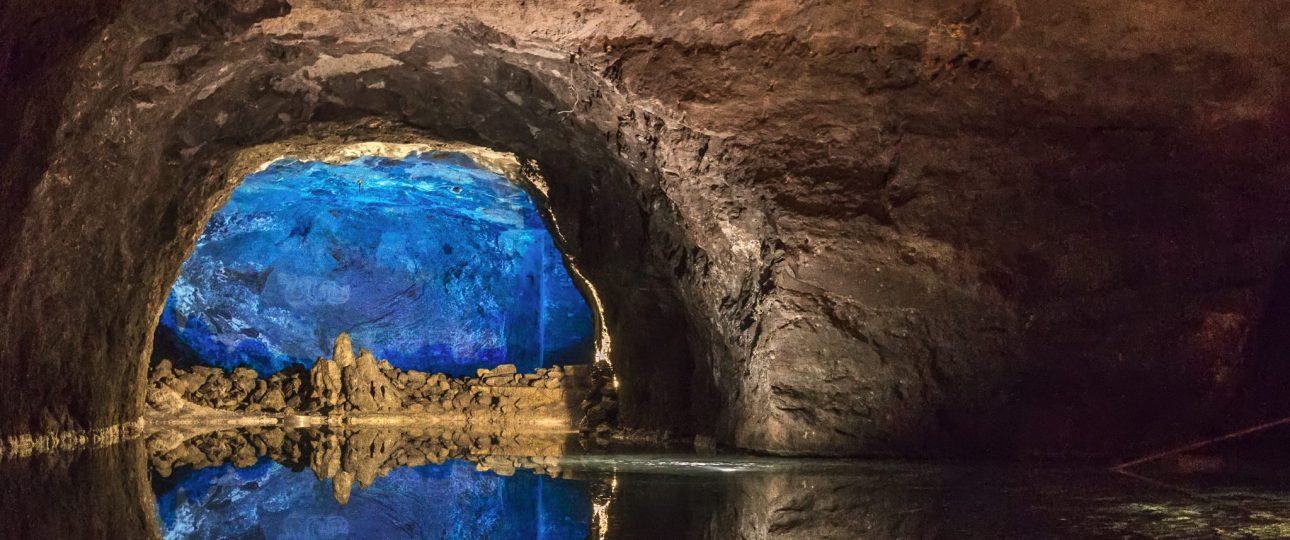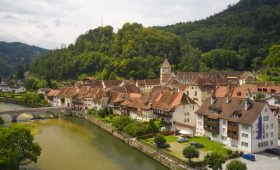Exploring Seegrotte Hinterbrühl: Austria’s Underground Wonder
Seegrotte Hinterbrühl offers a unique experience for those interested in natural wonders and history. Located in Austria, this underground lake and cave system is a fascinating destination that combines natural beauty with a rich historical backdrop.
The Historical Context of Seegrotte Hinterbrühl
Seegrotte Hinterbrühl has a complex history that dates back to its origins as a gypsum mine in the late 19th century. In 1912, a mining blast inadvertently flooded the lower caverns, creating what is now the largest underground lake in Europe. The site was later discovered by cave explorers in the 1930s and opened to the public.
During World War II, the upper tunnels of the mine were repurposed by Nazi Germany as an aircraft manufacturing facility, utilizing forced labor from a nearby concentration camp. A monument now stands above the subterranean lake to honor the victims of this dark chapter in history.
Features of Seegrotte Hinterbrühl
Visitors to Seegrotte Hinterbrühl can explore its stunning underground lake, known for its clear turquoise waters and impressive stalactites. The highlight of any visit is the “Boat Ride Experience,” where you can glide across the calm waters and admire the intricate rock formations that surround you.
Best Time to Visit
Seegrotte Hinterbrühl is open year-round, but the experience varies with the seasons. From April to September, the warmer temperatures and longer daylight hours make it an ideal time for exploration. In contrast, the autumn and winter months offer a mystical atmosphere with cooler temperatures and enchanting reflections on the water.
Getting to Seegrotte Hinterbrühl
Located near Vienna, Seegrotte Hinterbrühl is easily accessible by car or public transport. If driving, the journey takes about 30 minutes via the A21 motorway. Alternatively, you can take a train from Vienna to Mödling station, followed by a short bus or taxi ride to the site.
Exploring the Area
Once at Seegrotte Hinterbrühl, the site is easily navigable on foot. Guided tours are available and highly recommended, as they provide valuable insights into the site’s history and geology. These tours enhance the experience, offering a deeper understanding of the area’s significance.
Summary: Key Facts About Seegrotte Hinterbrühl
- Seegrotte Hinterbrühl is the largest underground lake in Europe, formed by a mining accident in 1912.
- The site has historical significance due to its use as a Nazi aircraft manufacturing facility during World War II.
- The “Boat Ride Experience” offers a unique way to explore the lake’s natural beauty.
- The best time to visit is from April to September, though each season offers a distinct experience.
- Seegrotte Hinterbrühl is conveniently located near Vienna, accessible by car or public transport.
- Guided tours are available, providing deeper insights into the site’s history and geology.
Seegrotte Hinterbrühl is a destination that combines natural beauty with a poignant historical narrative. Whether you’re drawn by its geological wonders or its historical significance, a visit promises to be both enlightening and memorable.




